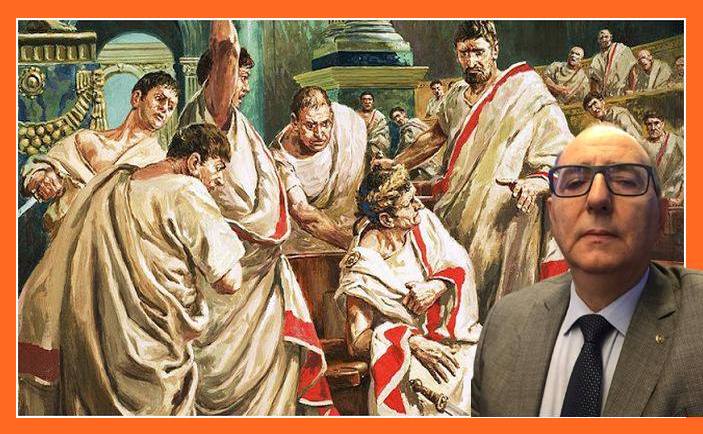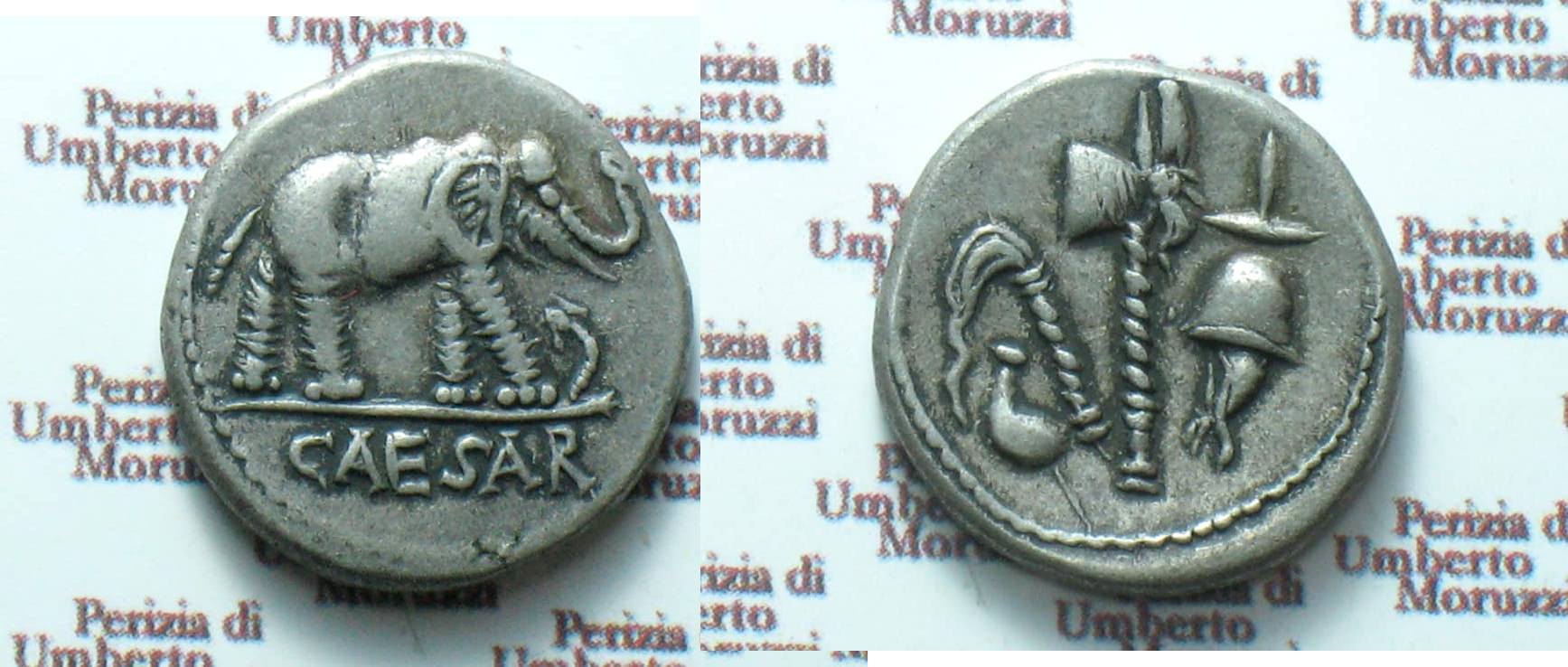 Umberto Moruzzi: Genesis of evaluation. Some time ago I received from a person a few photos of this denarius with a message. The coin had puzzled me, and I advised you to send it to me for a real personal assessment. After analyzing the coin, it immediately seems not easy to solve, as it was polished in the past and later patinated, remaining in a container. The details of the coinage were largely erased by improper cleaning, but after careful analysis, even under a microscope, I decided to approve it.
Umberto Moruzzi: Genesis of evaluation. Some time ago I received from a person a few photos of this denarius with a message. The coin had puzzled me, and I advised you to send it to me for a real personal assessment. After analyzing the coin, it immediately seems not easy to solve, as it was polished in the past and later patinated, remaining in a container. The details of the coinage were largely erased by improper cleaning, but after careful analysis, even under a microscope, I decided to approve it.
Please note: I have no particular interest in the money as it is not mine and the client is unknown to me; the price of the assessment was EUR 18.50. I put all my professionalism into the decision and above all I signed it. Ancient coin certification is not trivial, just read the instructions of a large grading company: “NGC Ancients is committed to classifying only original coins, but this does not guarantee authenticity, authenticity or attribution, nor does it imply any guarantee for these aspects. NGC Ancients will only hold coins that it deems genuine at the time of filing, but cannot guarantee the authenticity, authenticity, type, attribution or date of any coin it holds, unlike modern coins, which are often used from well-documented scientific parameters for authentication, there is rarely convincing evidence of ancient coins and generally no surviving documentation for verification of production characteristics. “The coin came from an auction of Jesús Vico from Madrid, a professional member of AINP, and is now sold to American collector through Catawiki auction. The latter, dissatisfied with the originality, asked the seller to take it back. The seller, who is registered here, as well as the buyer, agreed to take it back after receiving a negative certification from another professional numismatist.
In response, instead of taking action to obtain the certificate, he opened a post in a group on Facebook, where many people, after hearing the opinion of an ancient grader, rejected the coin. Now, with a new post about this group, we’ve learned that it has finally been sent to the senior numismatist I appreciate, David Sear, who would finally certify it as fake, I guess it doesn’t use carbon 14, as the buyer mentioned.
.. I am sure that with only one official opinion, contrary to mine and that of Jesus Vico, the seller will cancel the deal, but the conflicting opinions on the coin itself remain. What amazes me is the ease of rejecting a particular coin, minted by a mint from a photo traveling to different countries and over a long period of time, often of many different styles, in addition to being polished and patinated. The detractors never report the details of the coin that led them to their evaluation (Is this a synthesis? Is the coin cut by counterfeiters? Are there any microcracks from cold cutting or are there visible traces of the casting?) You can have different opinions and everyone can yes wrong, but I repeat that the professional method cannot be that of keyboards. That is all. Thank you for your attention.

Umberto Moruzzi: The genesis of evaluation.
The coin coin, identified with code 8532, Republic of Romania, GIULIO CESARE, DENARIO, issue of 49-48 aC, issue of military rabbit, with the right: elephant to the foot of the dragon, ed rovescio: pontifical emblems, to sinistra verso destra, culullus, aspergillum, scure e apex. The sample, in Argentine, weighs 3.72 grams and has a diameter of 17.48 millimeters, with Craw bibliographic references. 443/1; B.M.C.R.R. 27; South. 1006, a mio parere è authentic i di conservazione milliore di ‘bellissima’ (mBB). Umberto Moruzzi
 Archeology News Archeology News
Archeology News Archeology News






